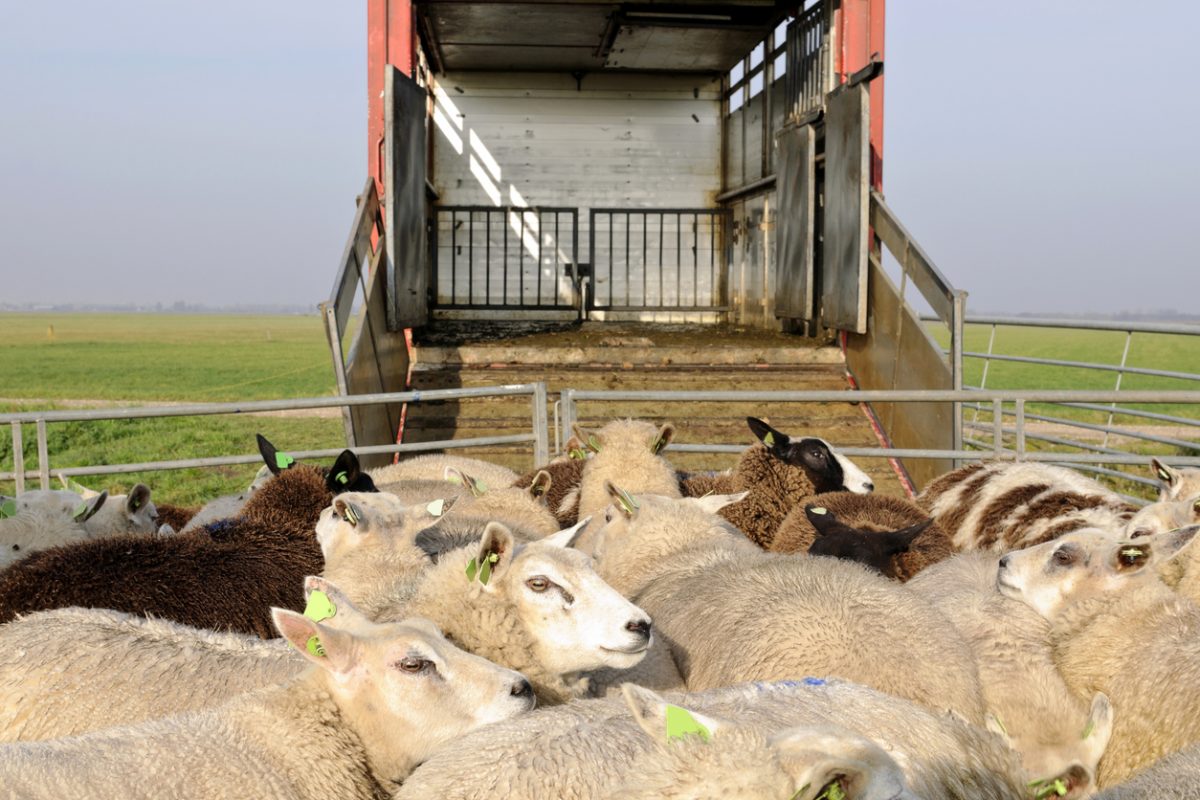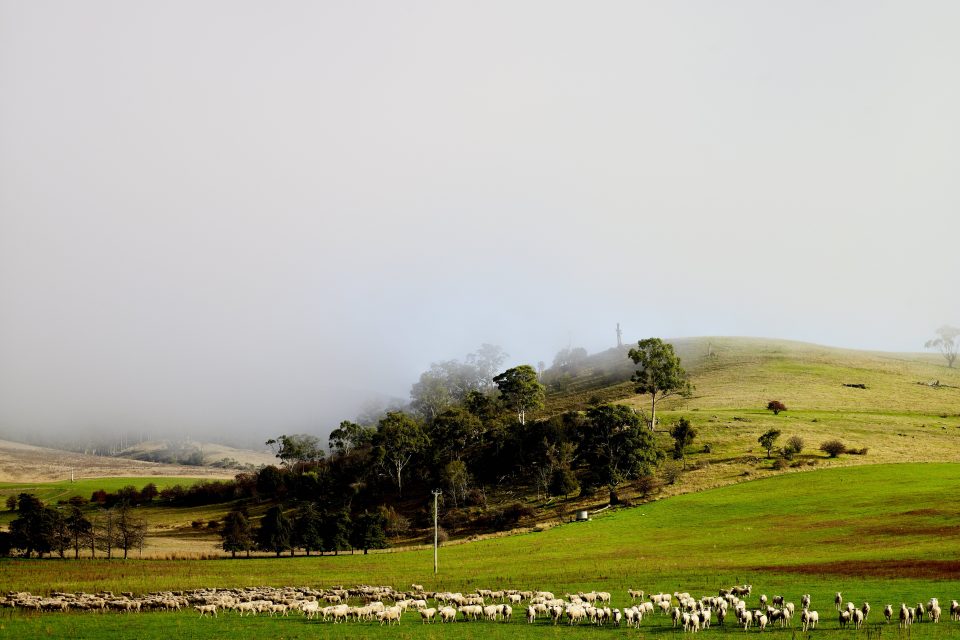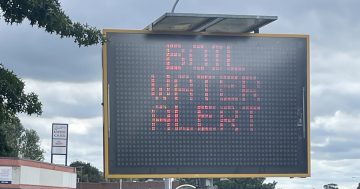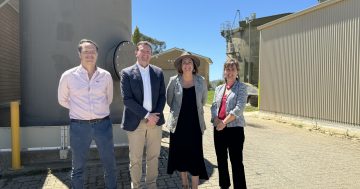
In NSW alone, a quarter of a million sheep move each week and industry professionals are drowning in the paperwork. Photo: Gerard Koudenburg / iStock.
At Vale View sheep and wool farm in Yass, eighth-generation farmer Landon Hodgkinson manages 3000 acres, runs 6000 breeding ewes and takes on about 500 extra cattle per year.
With 20 years of experience, he’s got it down pat, but there’s one aspect of the job he could live without – the paperwork.
It’s an aversion shared by his longtime friend, entrepreneur and software developer Graham Edney.
“I was with Landon on his property in 2019 and saw all this documentation lying around the sheep shed. He told me, ‘This is how we trace sheep. You have to fill out documents every time you want to move animals around the country’,” he said.
“I was shocked that something so essential, which placed such a heavy administrative burden on busy producers, was still so manual.”
Landon said in NSW alone, where a quarter of a million sheep move each week, industry professionals were drowning in paperwork.
“When you’re loading livestock you spend hours with your agent drafting the documents, organising transport. And then there’s this ‘book’,” he said.
“Book” is an accurate description of the National Vendor Declaration and Waybill, the mother of all documents that needs to be filled out and carried from pillar to post with every delivery.
“You have to fill this thing out, then the truck driver lugs it along with them. Without it, the transporters risk fines if they’re found carrying livestock without the necessary paperwork and third parties like abattoirs won’t take receipt of the animals.
“In short, if you can’t find that book, your pen isn’t working, the document has expired, or you’ve been working all day and the truck driver isn’t arriving til 11 pm, or there’s any other reason you can’t hand over the book, your livestock can’t leave.
“That’s a lot of money just sitting in a truck. And it’s just one of the many administrative burdens weighing the industry down. It’s a real hamstring.”
Talking to other ag professionals, it soon became clear this was part of a much bigger problem; one involving producers, stock agents, abattoirs, transporters – just about everyone in the industry.
There were “piecemeal solutions” to some parts of the problem, but nothing for others, and no one system tying it all together. Until now.




After three years in the making, AgTechData is set to launch next month.
Landon, the “guy on the ground” reckons AgTechData is going to be a game-changing system for data creation, capture and use in the agriculture industry.
Able to retrieve data from multiple sources through API integration, the system can be used for any agricultural product.
Using a proprietary Serialised QR (SQR) code system, it’s also able to transfer large amounts of data between devices without any internet reception – an important feature in rural and remote Australia.
“This is not a farm management system; everyone has those,” Graham explains.
“We set out to answer the question: How do you collect data without making it a big palaver for busy industry professionals and still create value for them? How do we connect producers, transporters, stockyards, feedlots, abattoirs – all the stakeholders – so they can each have a win?
“AgTechData can help streamline the whole system and empower industry professionals to create a different business model for the future.”

AgTechData developer Graham Edney. Photo: Supplied.
AgTechData is a result not only of that initial conversation in Yass, but of the combined input from the local agricultural community, according to Landon.
“Everyone opened their doors and let us examine their business processes, so we could get a clear view of their problems, identify gaps and brainstorm solutions,” he said.
“We had local farmers, NSW Farmers Association Yass branch, stock agents and even local law enforcement explain their pain points. In particular, the late Phil White, branch manager of Elders Yass, backed us from day one.
“We were able to see whole journeys, from producers to transporters, to how they dealt with things in the stockyards and abattoirs.
“ANU students helped tremendously as well, going out to Yass to conduct SWOT (strengths, weaknesses, opportunities, and threats) analyses.
“AgTechData wouldn’t exist without these people.”
Graham said the level of collaboration was like nothing he had seen in his 35 years in development and innovation.
“The fact that we had a whole region of different businesses band together to help produce this product makes it quite unique,” Graham said.
“I think it speaks to the need and the spirit of the Yass Valley community.”
Fittingly, AgTechData will have its soft launch at the next Yass Valley Business Chamber (YVBC) networking breakfast, where Landon and Graham will thank the many members that contributed.
Held on the first Friday of every month, YVBC President Jack Walker said the event was designed to bring members and potential members of the Yass Valley business community together for updates on what was happening in the region and support available to businesses operating there.
“The breakfasts are a fantastic opportunity for the local business community to reach out to each other and to discuss the opportunities and challenges they face,” he said.
“There is always a healthy exchange of ideas on many topics impacting business and the event is well supported by council staff and council members, which helps with clarification on key issues.
“It is also a conduit to local, state and federal politicians and organisations.”
The next Yass Valley Business Chamber networking breakfast will be held at Trader & Co on Friday 3 March from 7:30 am to 8:45 am, and will be streamed live on Facebook.













